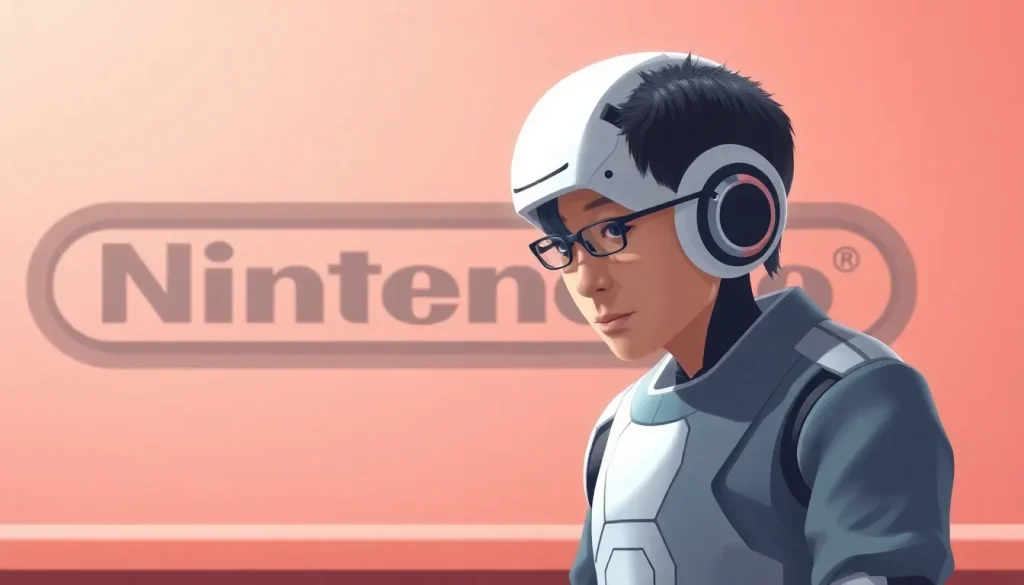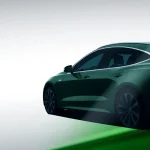Satoshi Asano denies Nintendo's alleged pressure on Japan's AI policy

In recent days, a whirlwind of controversy has emerged from Japan's gaming industry, centering around Nintendo and the implications of artificial intelligence (AI) in game development. What began as a simple social media post escalated into widespread speculation about corporate influence on government policy. This situation highlights the delicate balance between innovation and protection of intellectual property rights in the fast-evolving landscape of gaming.
As discussions surrounding AI become increasingly prevalent, the role of major companies like Nintendo remains a critical focal point. The recent events serve as a reminder of the ongoing tension between technological advancement and the safeguarding of creative works. In this article, we will delve deeper into the implications of this situation, the reactions from various stakeholders, and the broader context of AI in the gaming industry.
The controversy ignited by Satoshi Asano's comments
Over the weekend, a supposed leak sent shockwaves through the media, placing Nintendo in an unflattering spotlight. Various sources claimed that Nintendo had exerted significant pressure on the Japanese government to curb the use of generative AI in the creation of video games. The rumor spread like wildfire, prompting a response from Satoshi Asano, a member of the House of Representatives, who sought to clarify his original statement.
The issue originated from a post on X (formerly Twitter) where Asano emphasized the importance of protecting creators' rights amidst the rising influence of generative AI. Although his remarks did not directly allege any political intervention by Nintendo, selective quoting and misinterpretation led to a media frenzy.
What Satoshi Asano actually said
In his now-deleted message, Asano articulated his concerns regarding the implications of generative AI for creators. He stated:
“While I recognize the convenience of generative AI, I have come to understand the importance of protecting creators' rights. (...) In my research, I discovered that in 2025, Yomiuri Shimbun sued Perplexity AI for unauthorized use of articles, and other media outlets like Nikkei and Asahi have done the same.”
Nintendo avoids using generative AI to protect its intellectual property and participates in lobbying activities with the government. Going forward, as a party, we will promote the ethical use of generative AI while considering strengthening regulations, in line with Representative Tamaki's proposal.
This statement, while highlighting legitimate concerns about intellectual property, was misinterpreted by many as a confirmation of Nintendo's alleged lobbying efforts, igniting further speculation.
The fallout: Clarifications and misinterpretations
Following the uproar, Asano quickly issued a correction, stating that Nintendo did not pressure the Japanese government nor request new laws. Instead, he clarified that the company maintains a cautious internal stance towards generative AI. However, by then, the damage had been done.
In clarification, Asano emphasized that Nintendo's approach is to safeguard its licenses and characters from potential misuse, similar to its enforcement against fan games and unauthorized YouTube videos. However, he reiterated that the company had not participated in any formal regulatory discussions or requested official bans.
The current state of AI regulation in Japan
As it stands, Japan has not yet implemented any formal regulations regarding AI in the realm of video games. The Ministry of Economy, Trade and Industry only released a non-binding guide titled “Guidebook for Utilizing Generative AI in Content Creation,” which advises creators to ensure that AI-generated content does not infringe on copyright laws. Importantly, this guide does not give any company, including Nintendo, direct influence or authority.
Moreover, the confusion surrounding this issue has been exacerbated by concurrent actions from major media outlets like Yomiuri and Nikkei, which have filed lawsuits against AI companies for using their articles without permission. This has created a tense atmosphere regarding intellectual property, with Asano's comments being misinterpreted as accusations of corporate lobbying.
Nintendo's official stance on generative AI
Nintendo has reiterated its longstanding position: it does not utilize generative AI in its projects due to creative and quality control reasons. Importantly, the company maintains that it will continue to take legal action if it believes its characters or franchises are being used without authorization.
This approach should not be mistaken for a political campaign or censorship request; instead, it is a crucial defense of its intellectual property—a practice that Nintendo has upheld for decades.
The broader implications of AI in the gaming industry
The ongoing debate about AI’s role in gaming is not merely about regulatory measures; it is also about understanding the balance between innovation and ethical considerations. As the gaming sector grapples with the potential of generative AI, several questions arise:
- How can companies innovate while ensuring the protection of creators' rights?
- What ethical guidelines should govern the use of AI in content creation?
- How can the industry adapt to the challenges posed by AI without sacrificing creativity and originality?
These questions underscore the necessity for a thoughtful approach to integrating AI within the gaming landscape. As the industry moves forward, the focus should be on establishing frameworks that not only encourage innovation but also protect the rights and contributions of creators.
In conclusion, while the current situation surrounding Nintendo and Satoshi Asano's comments may have sparked a media firestorm, it simultaneously highlights the larger conversation about the implications of AI in the gaming industry. As stakeholders navigate these uncharted waters, the need for a balanced approach to innovation and intellectual property protection will remain paramount.
For a visual perspective on the ongoing discussions about AI in gaming, check out this insightful video:




Leave a Reply